Classic racing cars often represent the pinnacle of engineering and speed from their era, but over time, many have lost their competitive edge. Advancements in technology, changes in regulations, and evolving race formats have rendered some once-dominant cars less effective on the modern track. In this article, we’ll explore some of the most iconic racing cars that, despite their historic success, eventually fell behind the competition. These cars, while no longer at the top of their game, remain significant pieces of racing history and continue to inspire admiration among enthusiasts and collectors alike.
Contents
Ferrari 312T (1975)
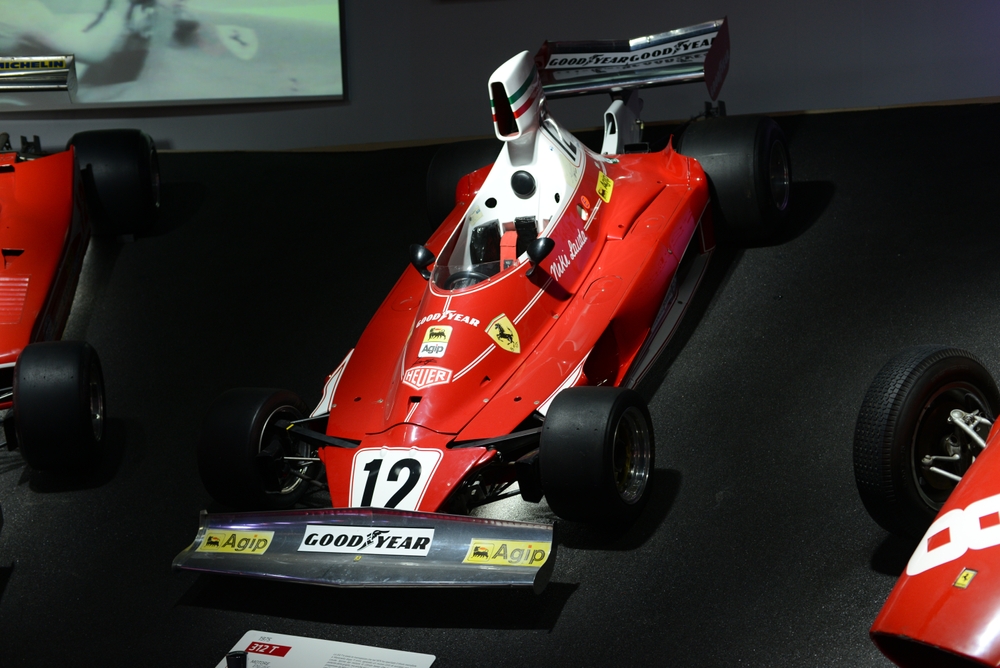
The Ferrari 312T was a dominant force in Formula 1 during the mid-1970s, featuring a flat-12 engine that produced 500 horsepower. Its innovative transverse gearbox helped improve weight distribution, giving the car better handling. However, by the late 1970s, advancements in ground effect aerodynamics left the 312T struggling to compete with cars like the Lotus 79. While it was competitive early in its career, the Ferrari 312T could not keep up with the rapidly changing F1 technology, especially in aerodynamics, and by 1980, it had lost its competitive edge.
Porsche 917 (1969)
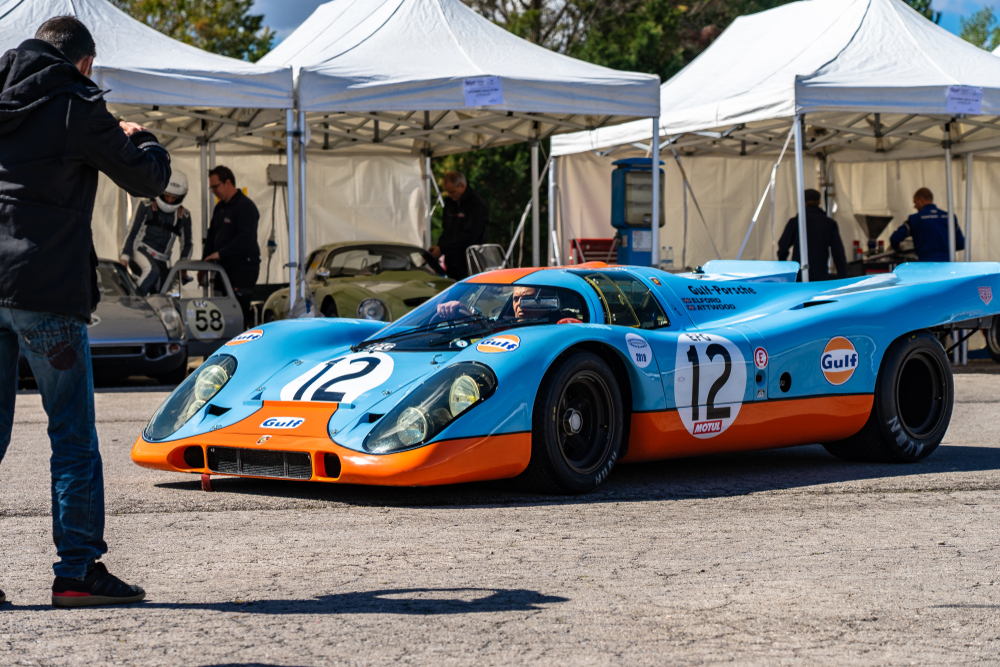
The Porsche 917 was a legendary race car that dominated endurance racing in the early 1970s, winning the 24 Hours of Le Mans in 1970 and 1971. Powered by a flat-12 engine producing up to 1,100 horsepower in certain configurations, it was incredibly fast but also notoriously difficult to handle at high speeds. As racing regulations changed in 1972, limiting engine displacement to 3 liters, the mighty 917 was forced into retirement. Despite its success, the 917 was a victim of rule changes, which rendered its oversized engine obsolete.
Lotus 49 (1967)
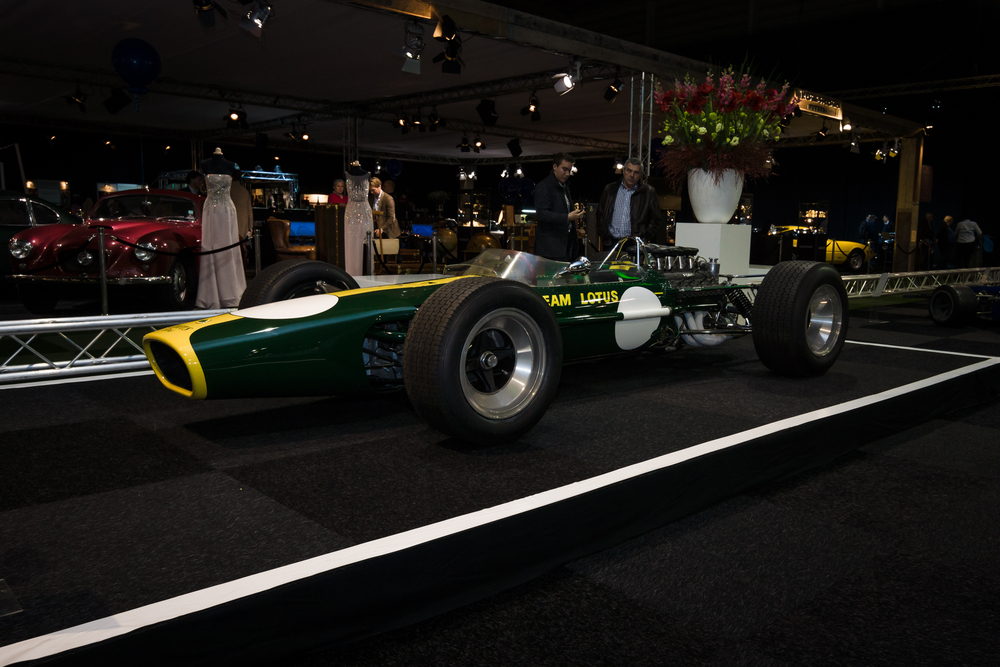
The Lotus 49 revolutionized Formula 1 with its Cosworth DFV engine, which was used as a stressed member of the chassis. This innovation made the car lighter and more agile, and it dominated the 1967 and 1968 seasons. However, by the early 1970s, advances in aerodynamics, such as the introduction of wings and ground effect, rendered the Lotus 49 less competitive. As other teams improved their designs to optimize downforce and handling, the Lotus 49’s earlier mechanical advantages were no longer enough to keep it at the front of the grid.
McLaren M23 (1973)
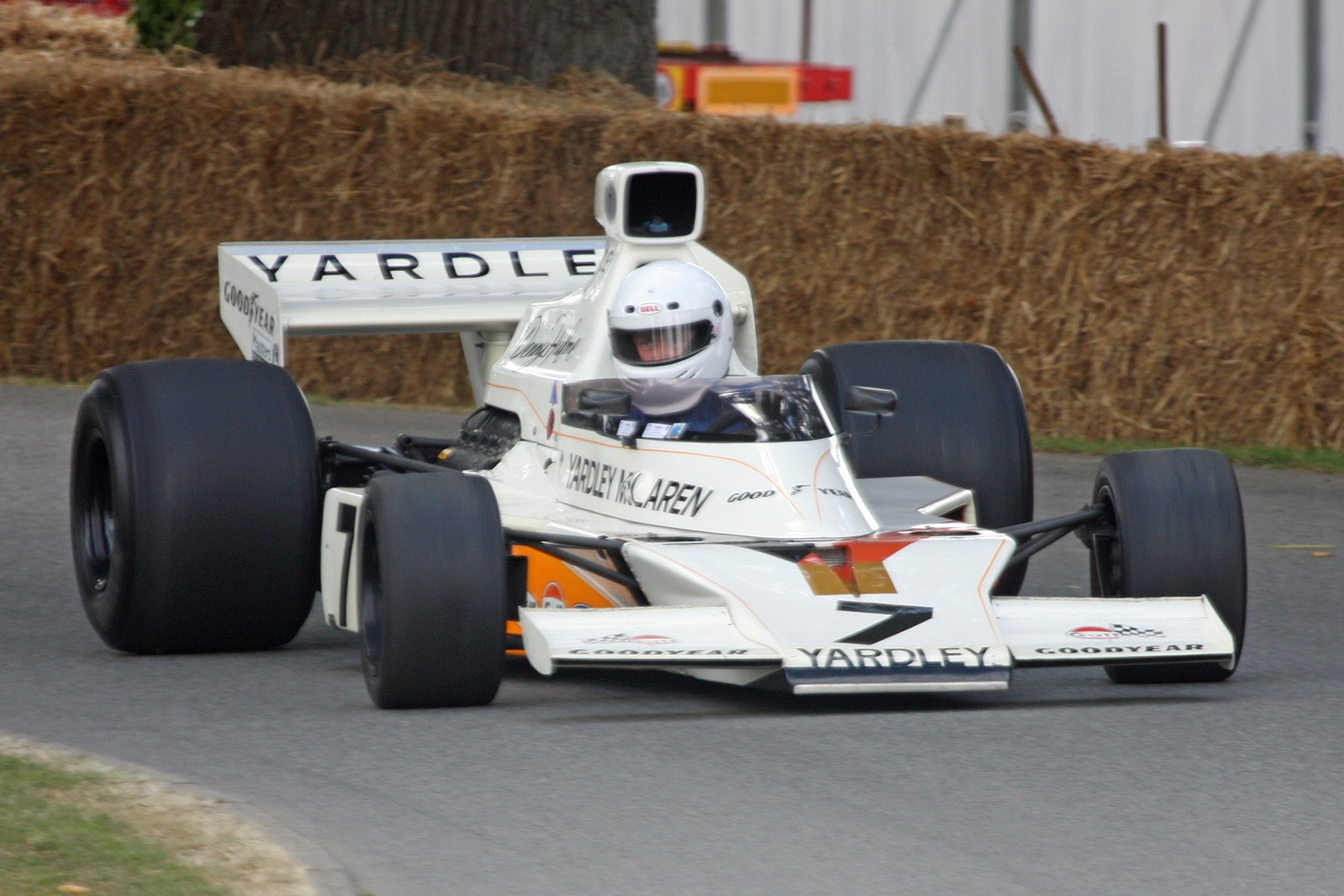
The McLaren M23 was a versatile and successful Formula 1 car that claimed world championships in 1974 and 1976. Its DFV engine and adaptable chassis allowed it to compete on various types of circuits. However, as Formula 1 transitioned to ground effect aerodynamics in the late 1970s, the M23’s design became outdated. Newer cars like the Lotus 79 exploited ground effect to achieve much higher cornering speeds, and the M23’s inability to generate significant downforce led to its decline in competitiveness.
Ford GT40 (1964)
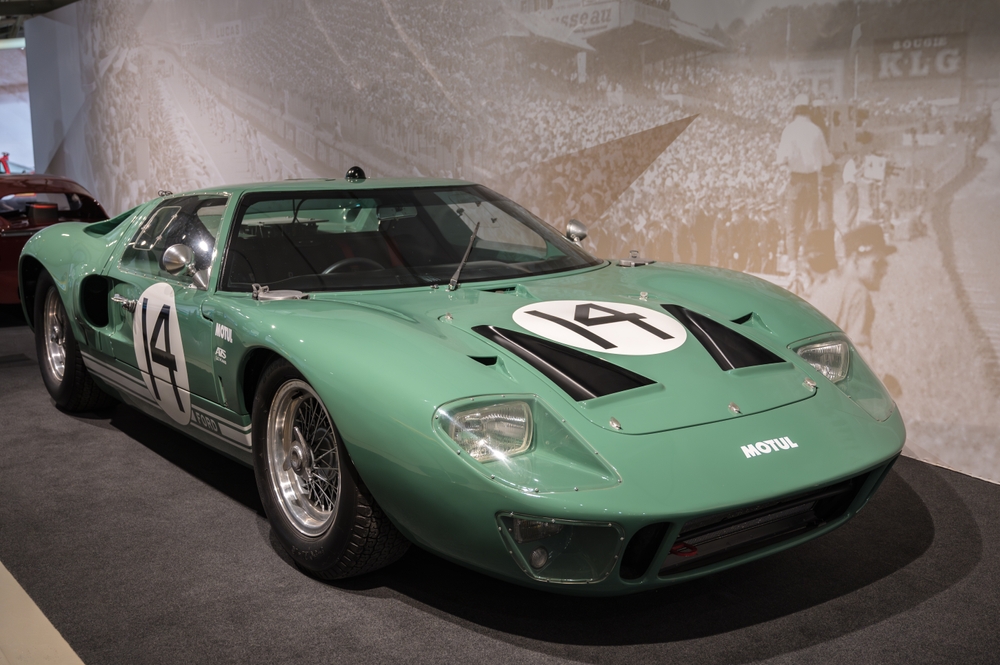
The Ford GT40 was developed to take on Ferrari at Le Mans, and it famously did so by winning the 24 Hours of Le Mans four times in a row from 1966 to 1969. Powered by a 7.0-liter V8 engine producing up to 485 horsepower, it was one of the most powerful endurance race cars of its era. However, by the early 1970s, changing regulations and advancements in aerodynamics and weight reduction left the GT40 behind. Lighter and more agile cars from Porsche and Ferrari soon overtook it in both speed and efficiency.
Brabham BT46B (1978)
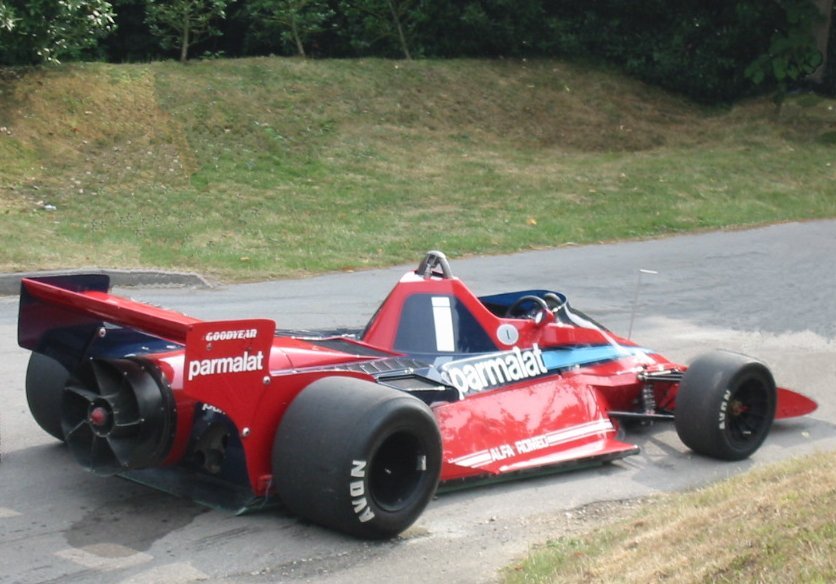
The Brabham BT46B, also known as the “fan car,” was a Formula 1 car designed with a unique fan system that created a vacuum under the car, generating immense downforce. Powered by a 3.0-liter flat-12 engine, it won its debut race at the 1978 Swedish Grand Prix. However, the car was soon banned due to concerns about its legality and the safety of its fan system. While its innovative design gave it a competitive advantage briefly, its short lifespan and regulatory ban meant it quickly lost relevance in racing history.
Alfa Romeo 33 Stradale (1967)
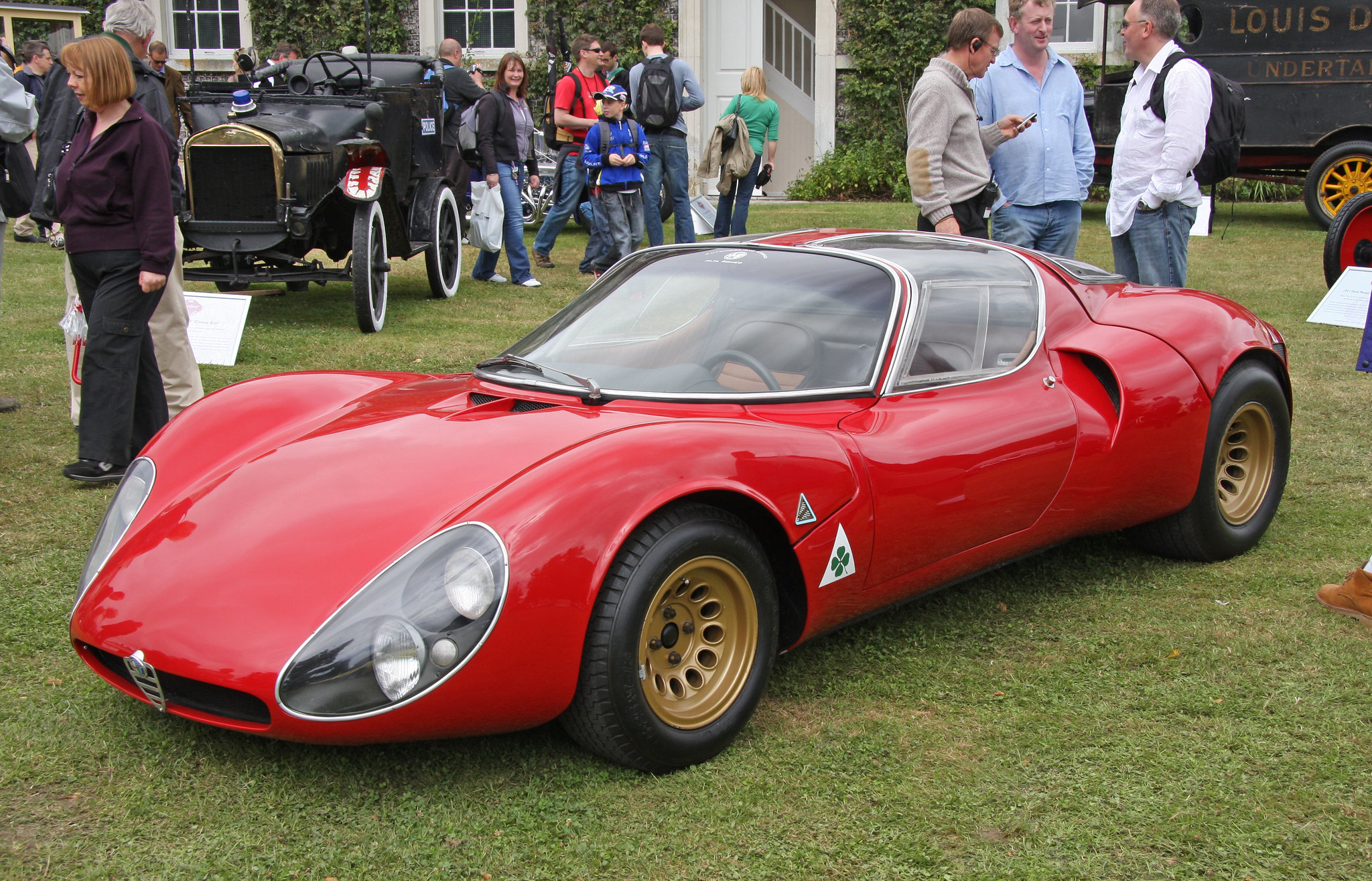
The Alfa Romeo 33 Stradale was a beautiful and technically advanced race car powered by a 2.0-liter V8 engine, producing 230 horsepower. It was designed to compete in endurance racing, but despite its light weight and advanced engineering, it struggled against more powerful rivals from Ferrari and Porsche. The limited development budget and lack of factory support meant that the Alfa Romeo 33 could not evolve quickly enough to stay competitive, and it was eventually overshadowed by more dominant manufacturers in endurance racing.
Lancia Stratos (1973)
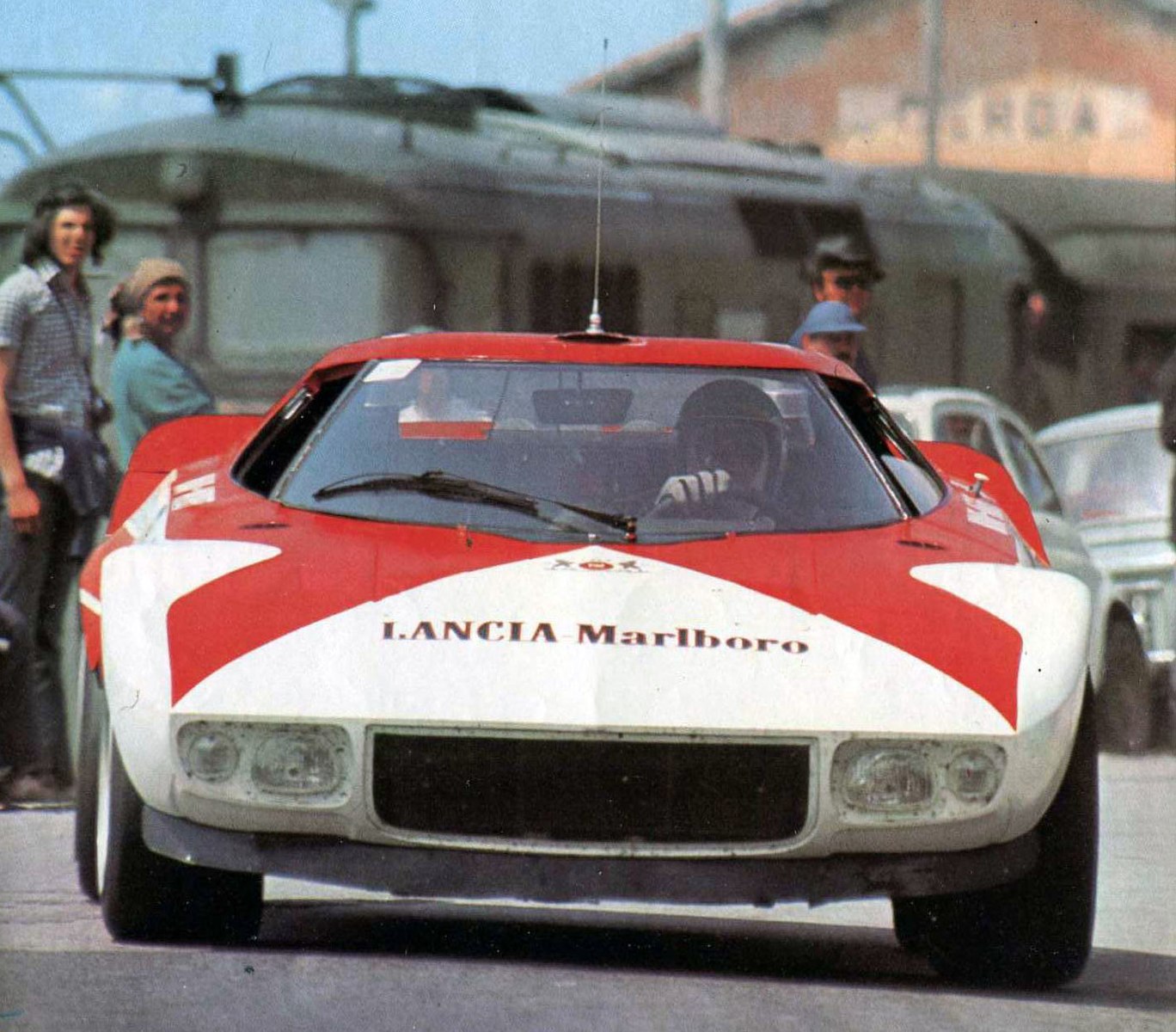
The Lancia Stratos was a rally icon during the mid-1970s, powered by a Ferrari-derived 2.4-liter V6 engine producing 190 to 280 horsepower depending on the configuration. Its compact size and mid-engine layout made it highly maneuverable on twisty rally stages. However, by the early 1980s, new four-wheel-drive technology, especially from Audi’s Quattro, rendered the Stratos’ rear-wheel-drive setup less effective. The Lancia Stratos lost its competitive edge as four-wheel-drive rally cars began to dominate the sport, offering better traction and stability on varied surfaces.
Maserati 250F (1954)
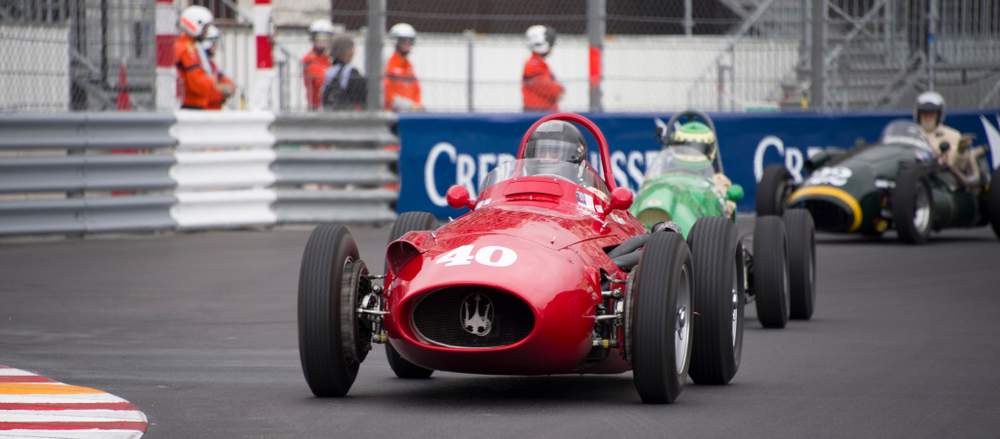
The Maserati 250F was one of the most successful Formula 1 cars of the 1950s, powered by a 2.5-liter inline-6 engine producing 270 horsepower. Its lightweight construction and responsive handling made it competitive in the early years of F1. However, by the late 1950s, the introduction of rear-engine designs by teams like Cooper left the front-engine 250F outdated. The rear-engine cars offered better weight distribution and handling, leading to the 250F’s gradual decline in the competitive racing scene.
Jaguar D-Type (1954)
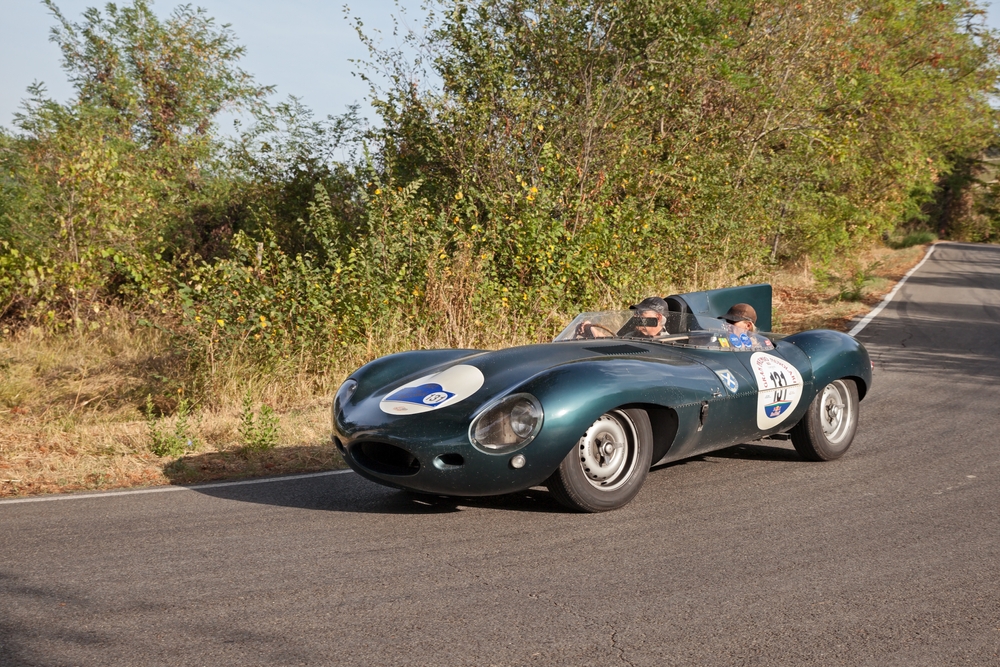
The Jaguar D-Type was a dominant force at Le Mans in the mid-1950s, winning the 24-hour race in 1955, 1956, and 1957. Powered by a 3.4-liter inline-6 engine, the D-Type’s lightweight, aerodynamic body made it one of the fastest cars of its era. However, as competitors like Ferrari and Porsche began developing more powerful and reliable race cars, the D-Type started to lose its edge. The evolving competition, coupled with Jaguar’s decision to exit factory racing in the late 1950s, led to the D-Type’s eventual decline in endurance racing.
Chaparral 2J (1970)
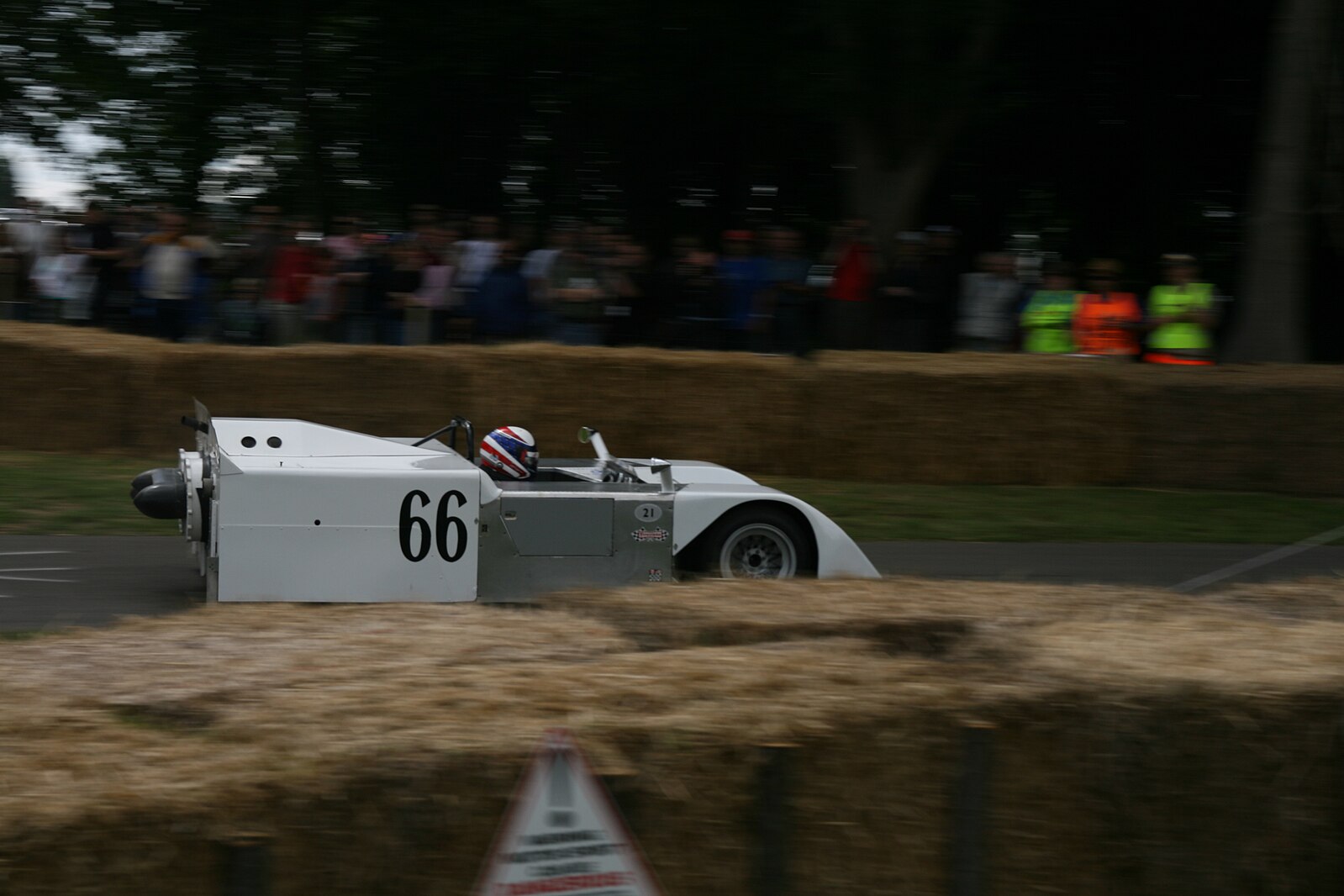
The Chaparral 2J, known as the “sucker car,” was a groundbreaking Can-Am race car that used a fan system to generate massive amounts of downforce. Powered by a Chevrolet 7.6-liter V8 engine, the car had tremendous speed and grip, making it highly competitive in its brief stint. However, the 2J was soon banned from racing due to its unconventional aerodynamics, which were deemed an unfair advantage. Despite its technological innovation, the regulatory ban meant the 2J never fully realized its potential in competitive racing.
BMW M1 Procar (1979)
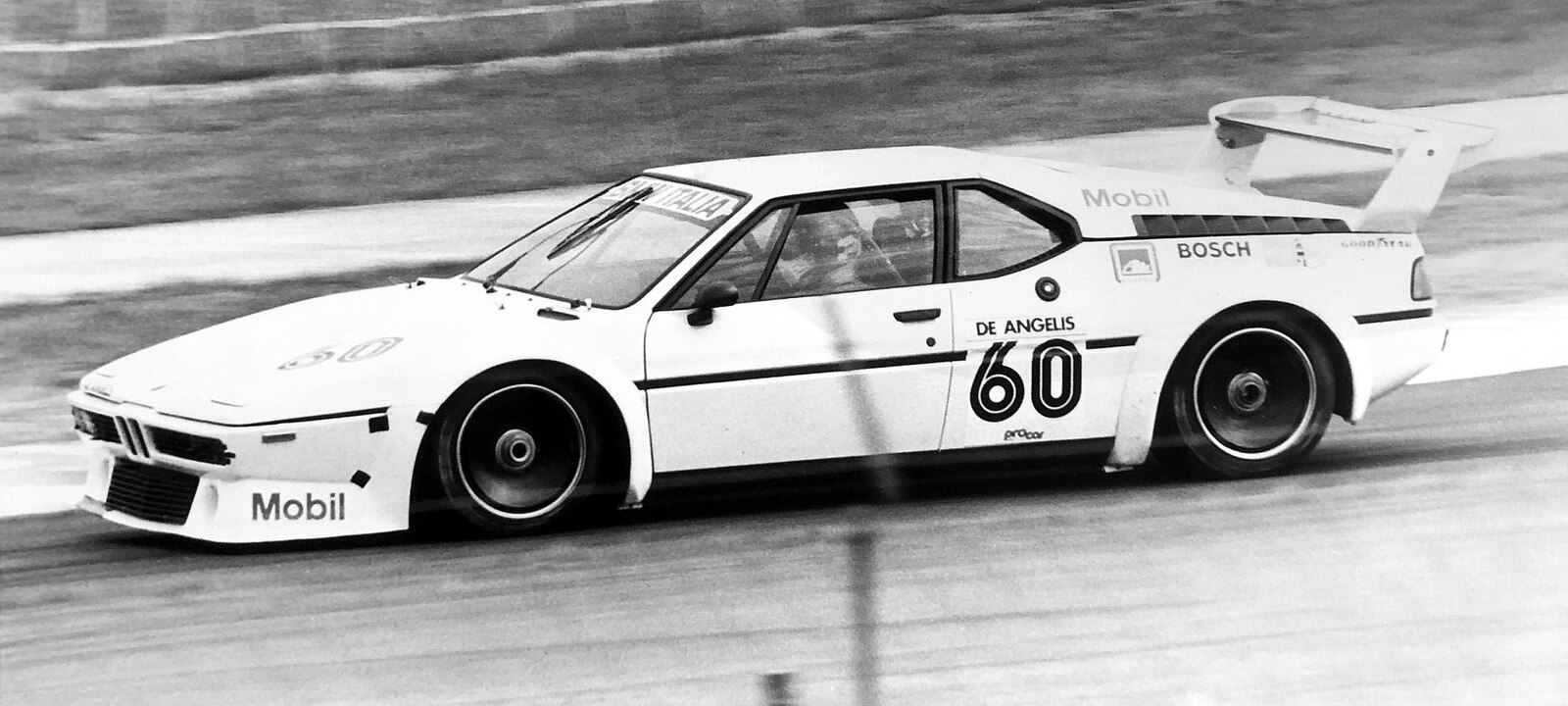
The BMW M1 Procar series was a one-make racing championship designed to showcase the performance of BMW’s mid-engine M1 sports car. Powered by a 3.5-liter inline-6 engine producing 470 horsepower, the M1 Procar was fast and agile. However, as the series concluded and BMW shifted its focus back to Formula 1 and other motorsports, the M1 Procar began to fade. Additionally, advancements in aerodynamics and engine technology soon left the M1 behind in terms of performance.
Lotus 88 (1981)
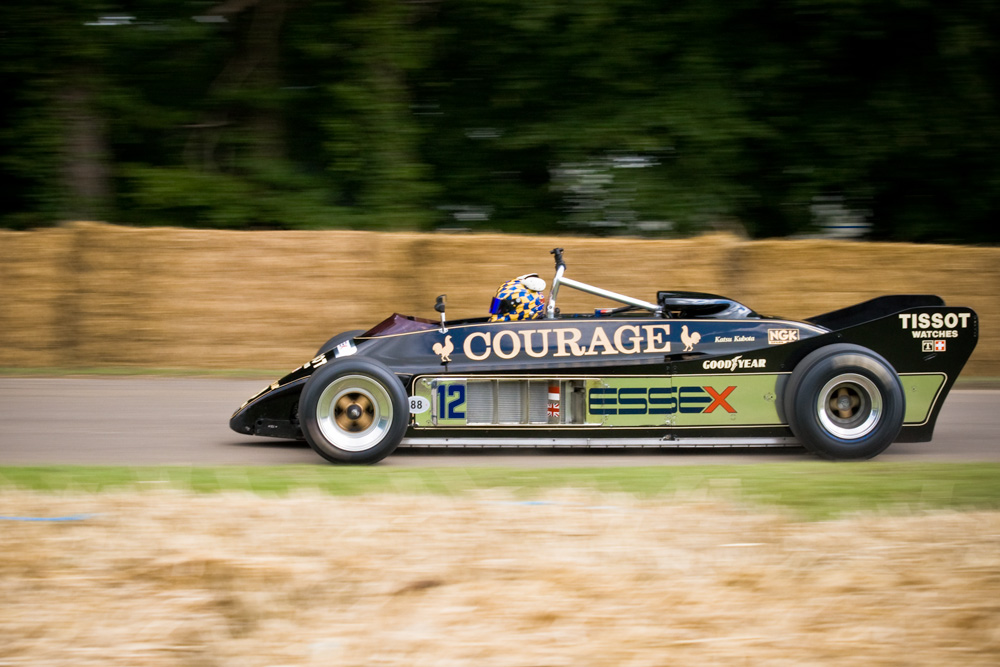
The Lotus 88 was a revolutionary Formula 1 car designed with a twin-chassis concept, where the outer chassis managed aerodynamics while the inner chassis managed driver comfort. Powered by a Cosworth DFV engine, the car was intended to take full advantage of ground effect aerodynamics. However, it was banned by the FIA before it could fully compete, as its innovative design was seen as circumventing the spirit of the regulations. Although promising, the Lotus 88 never got the chance to show its true potential in racing.
Audi R8 LMP (2000)
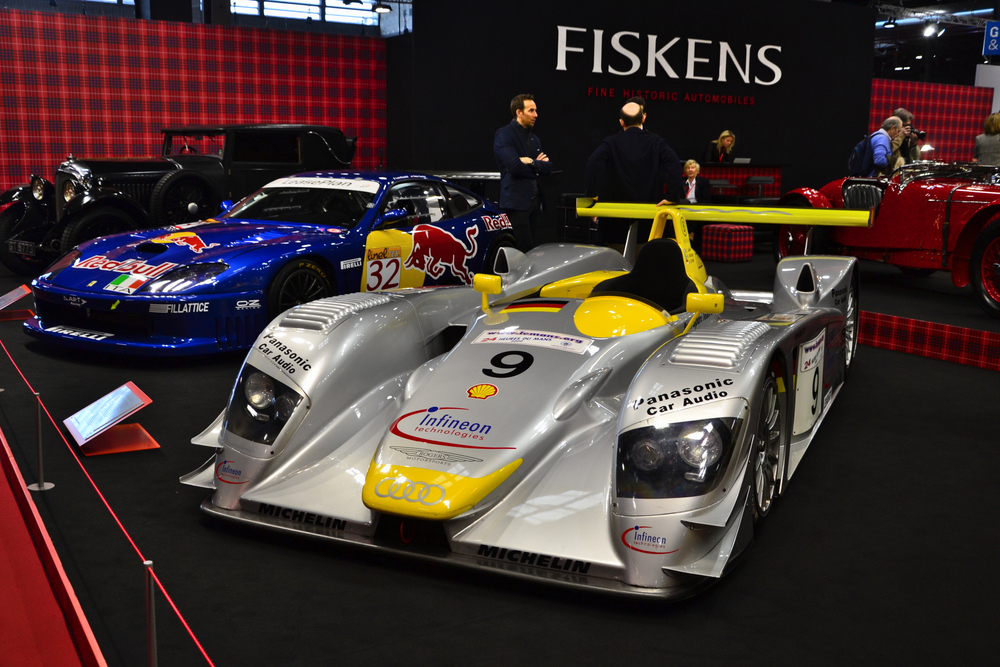
The Audi R8 LMP was a dominant force in endurance racing, winning the 24 Hours of Le Mans five times between 2000 and 2005. Powered by a 3.6-liter twin-turbo V8 engine, the R8 LMP was renowned for its reliability and speed. However, by the mid-2000s, advancements in hybrid technology began to eclipse conventional internal combustion engine cars. Audi replaced the R8 LMP with the R10 TDI, a diesel-powered race car that signaled the end of the R8’s dominance. The shift in technology led to its eventual decline.
Nissan R390 GT1 (1997)
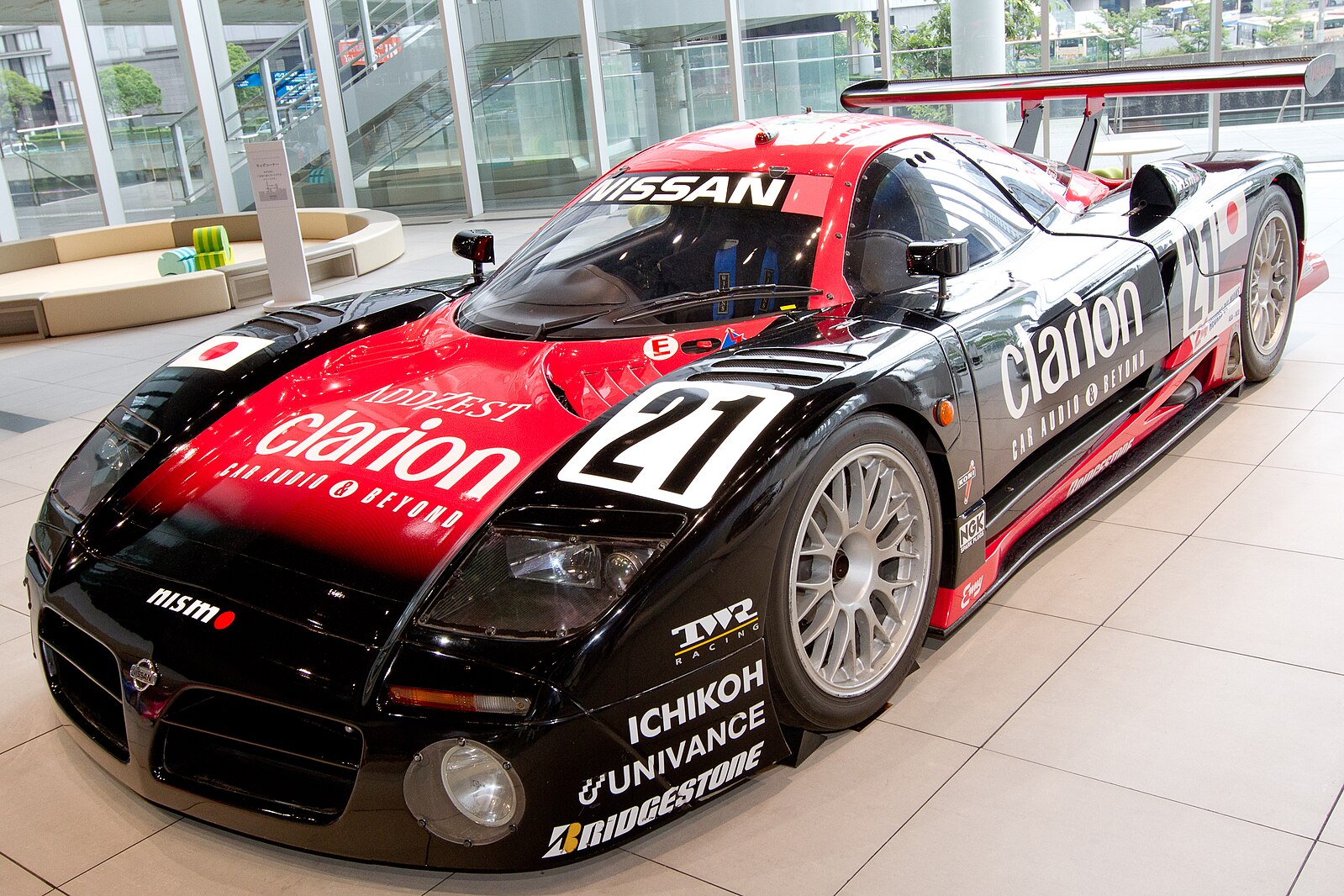
The Nissan R390 GT1 was built to compete in the 24 Hours of Le Mans in the late 1990s, powered by a 3.5-liter twin-turbo V8 engine producing 640 horsepower. While the car showed promise, it struggled to compete against the dominant Porsche 911 GT1 and Mercedes-Benz CLK-GTR. Nissan’s limited racing experience in GT1, combined with stricter regulations, left the R390 unable to match the more established teams. By 1999, Nissan had withdrawn the R390 from competition, focusing on other racing disciplines.
Toyota GT-One (1998)
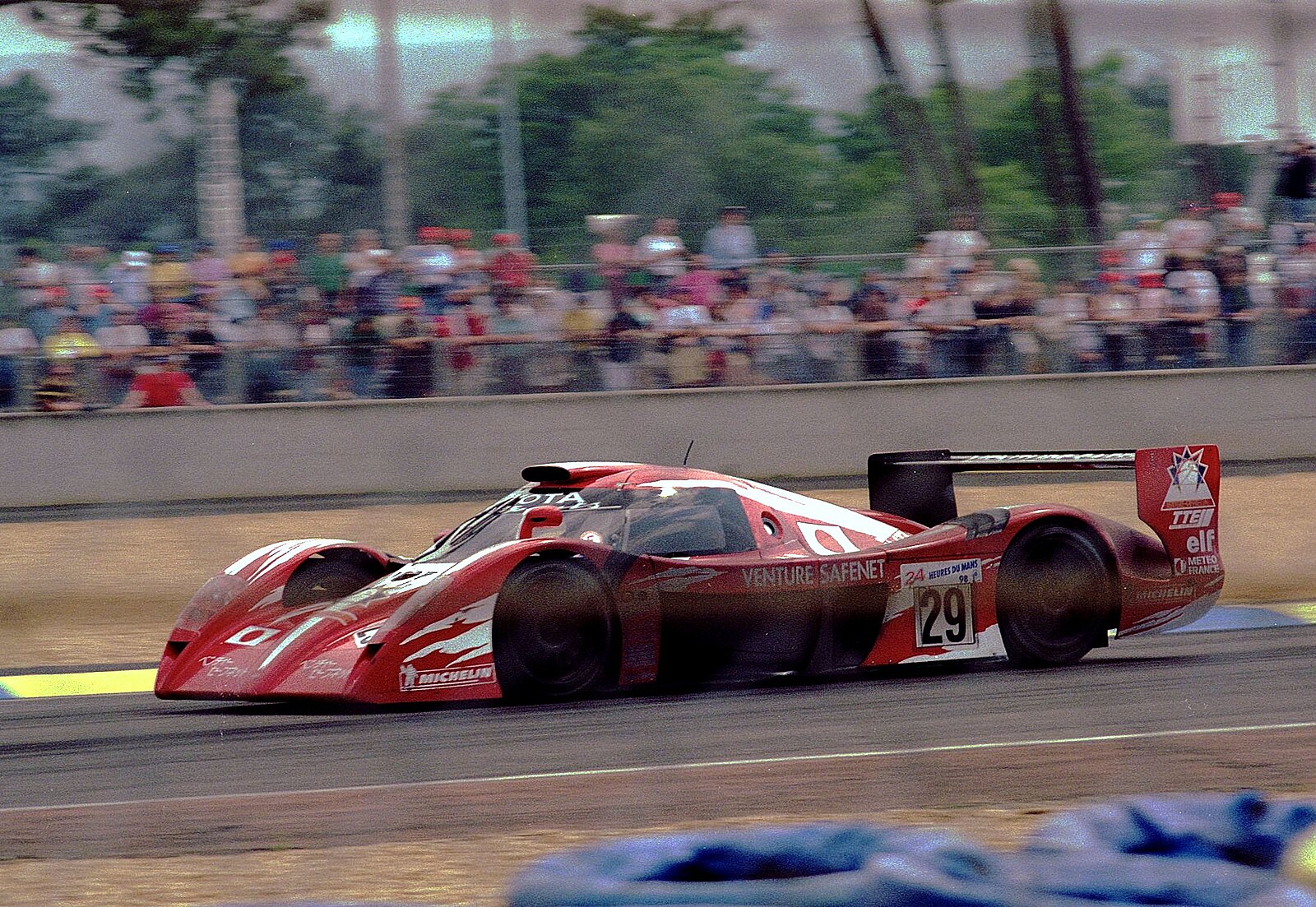
The Toyota GT-One was an endurance race car developed to challenge the likes of Porsche and BMW at Le Mans. Powered by a 3.6-liter twin-turbo V8 engine, the GT-One produced over 600 horsepower and was incredibly fast. Despite showing promise at Le Mans, where it set the fastest lap in 1999, the GT-One suffered from reliability issues and struggled with the balance between speed and durability. After a few seasons of mixed results, Toyota retired the GT-One, shifting its focus to Formula 1.
Ferrari F40 LM (1989)
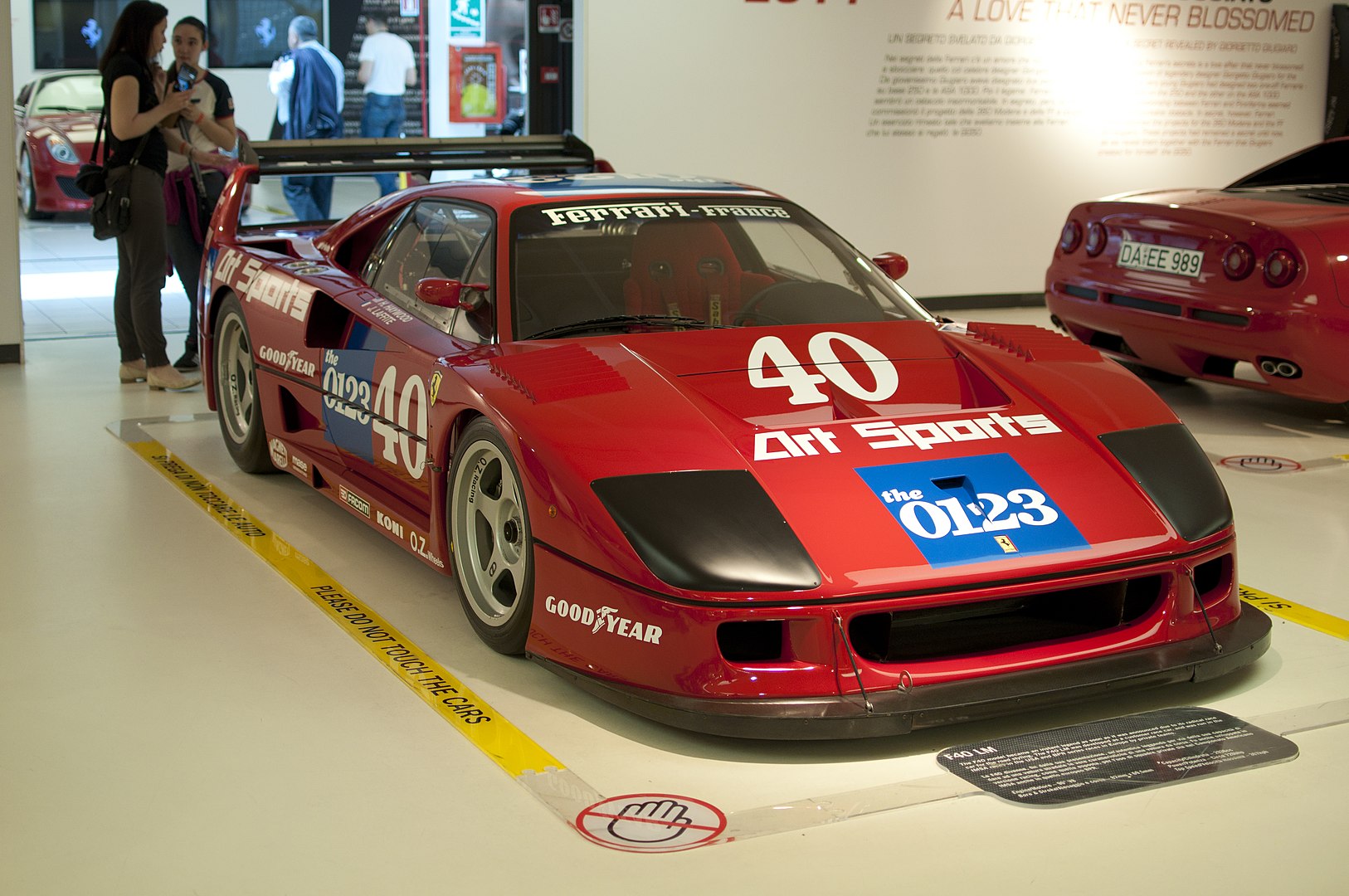
The Ferrari F40 LM was a race-spec version of the legendary Ferrari F40, developed to compete in GT racing. Powered by a 2.9-liter twin-turbo V8 engine producing over 700 horsepower, the F40 LM was blisteringly fast. However, by the mid-1990s, advancements in aerodynamics, traction control, and suspension technology left the F40 LM behind its newer rivals like the McLaren F1 GTR. Despite its initial success, the F40 LM was eventually overshadowed by more modern, technologically advanced competitors in the GT racing scene.
Matra MS670 (1972)
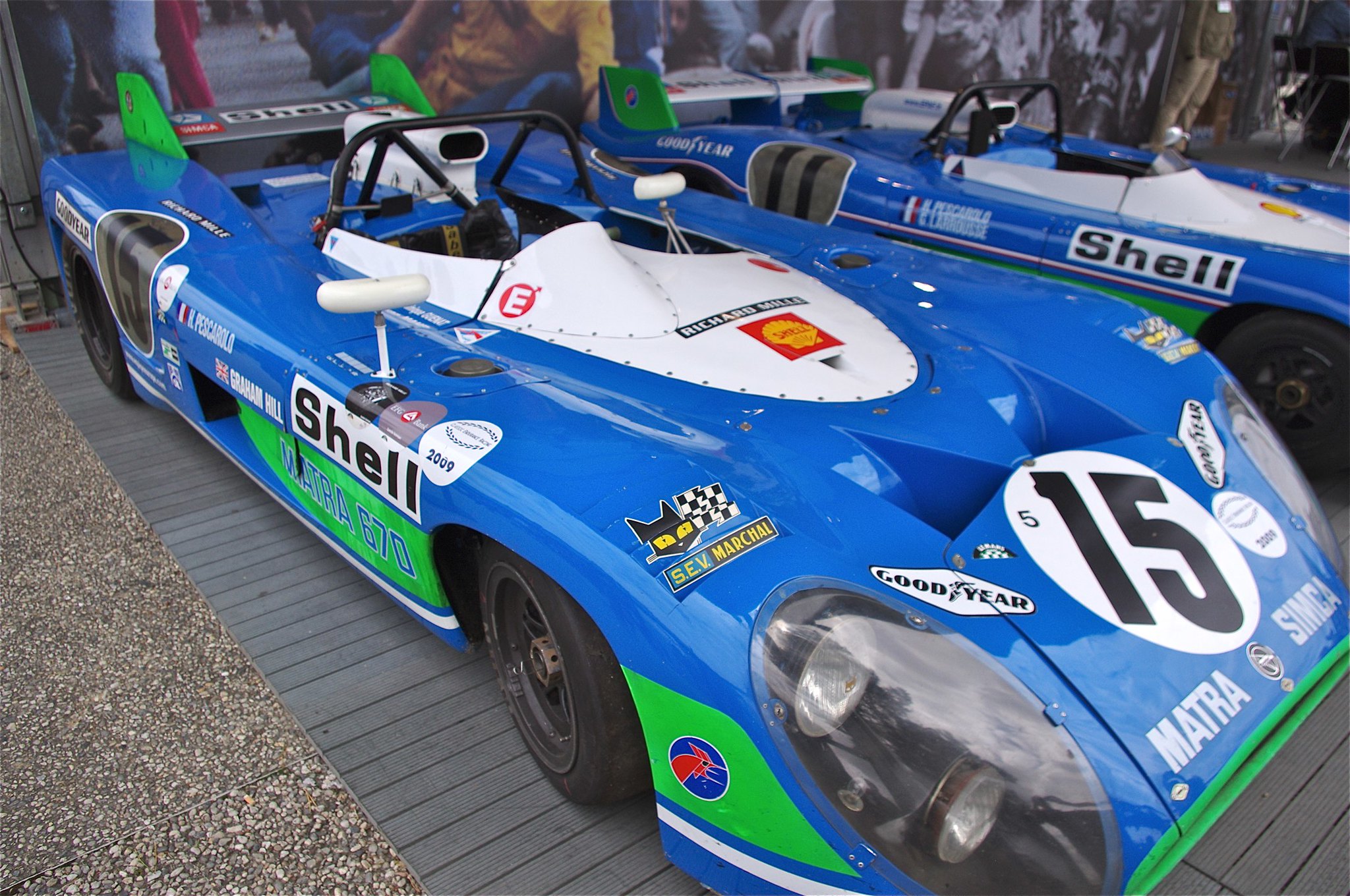
The Matra MS670 was a French endurance race car that dominated the 24 Hours of Le Mans in the early 1970s. Powered by a 3.0-liter V12 engine, the MS670 was known for its reliability and speed. However, by the mid-1970s, Matra faced stiff competition from Porsche and Ferrari, both of whom had developed more advanced cars with better aerodynamics and handling. Matra eventually withdrew from endurance racing after 1974, and the MS670 was left behind as other manufacturers continued to innovate.
Peugeot 905 (1990)
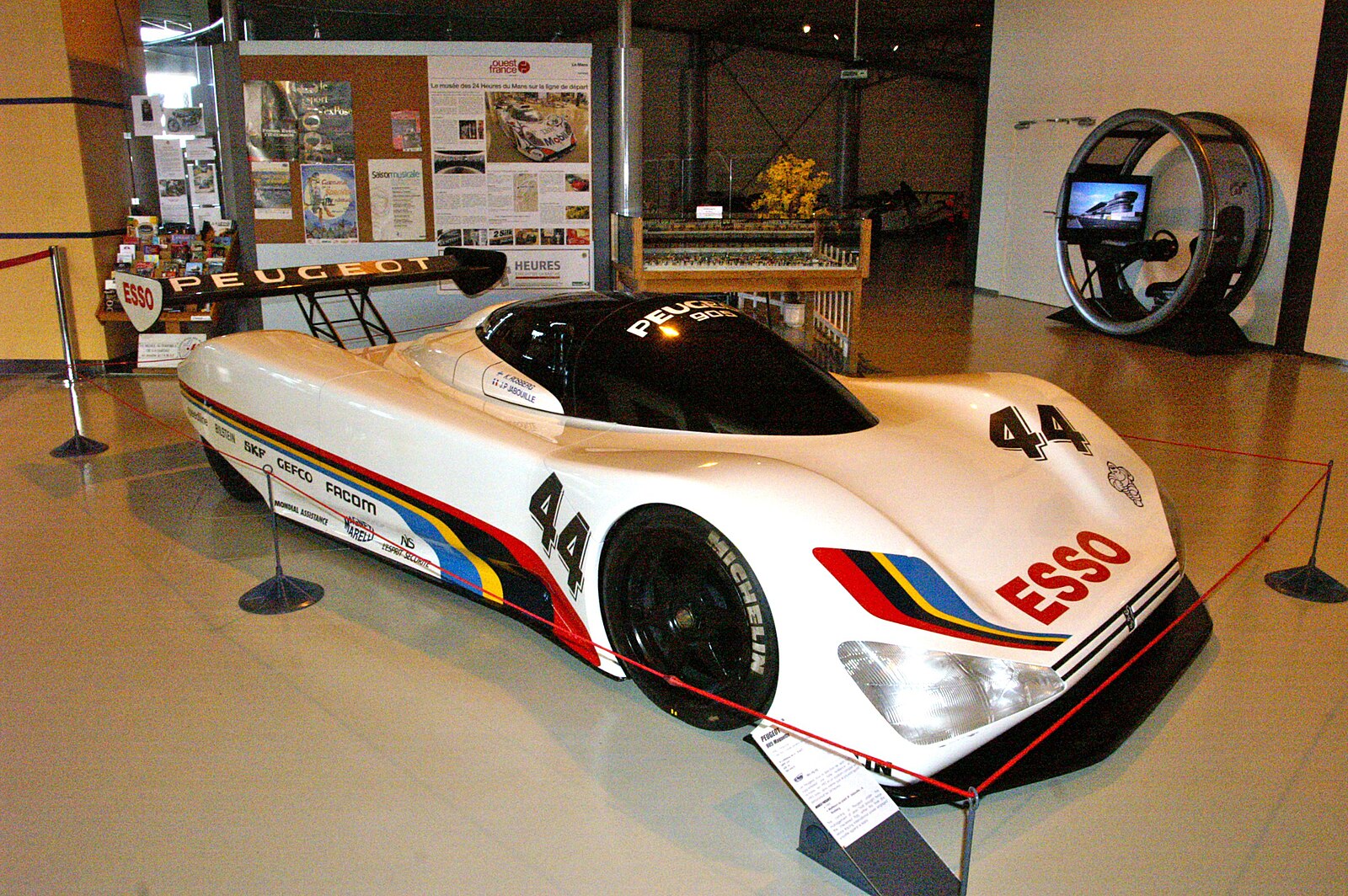
The Peugeot 905 was a Group C prototype race car that competed in endurance races, including Le Mans. Powered by a 3.5-liter V10 engine, the car was incredibly fast and won Le Mans in 1992 and 1993. However, with the collapse of the Group C racing series due to financial issues and changing regulations, the 905 quickly became obsolete. The end of the Group C era and Peugeot’s withdrawal from motorsports marked the end of the 905’s competitive racing career.
Lola T70 (1965)
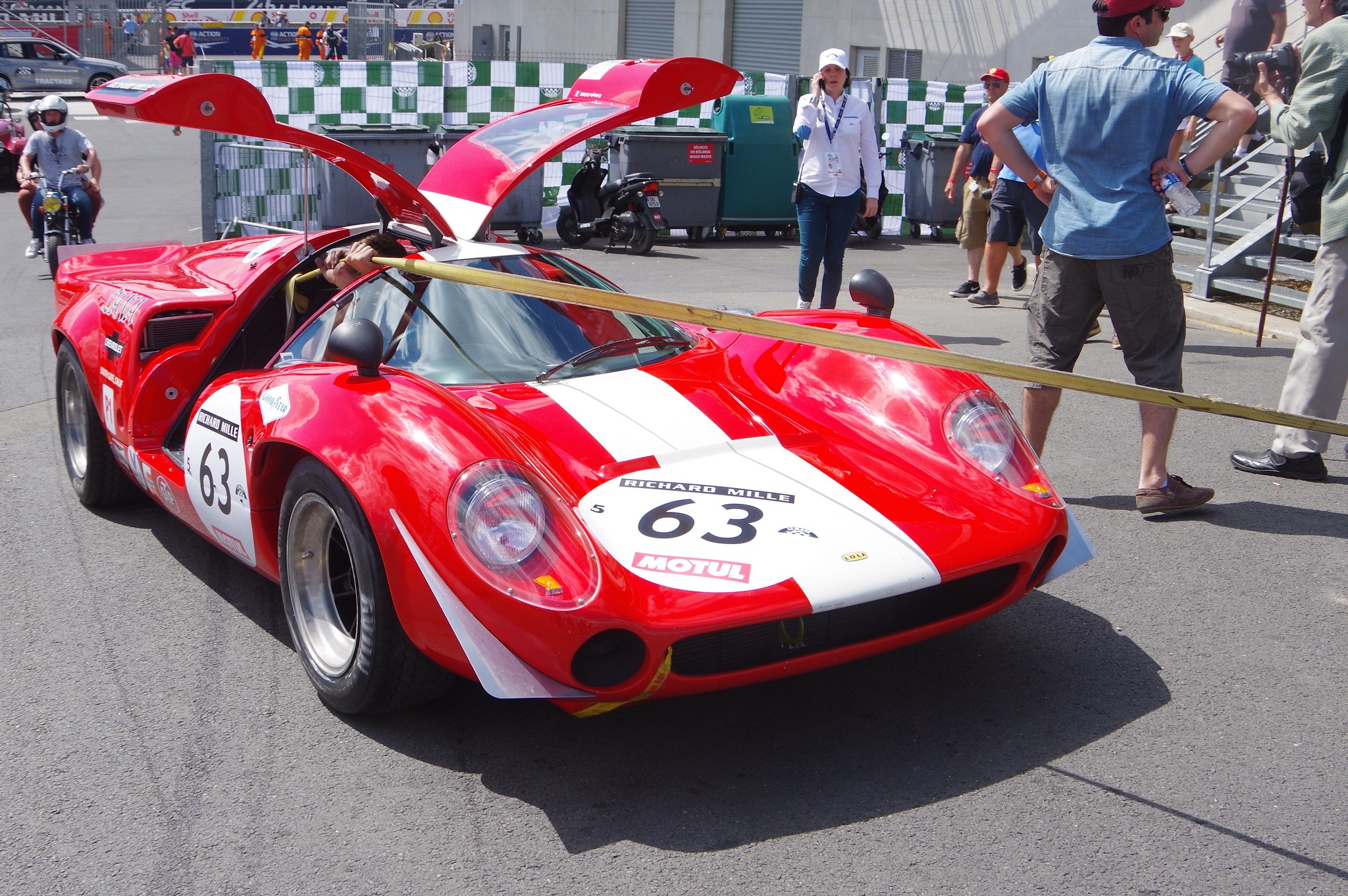
The Lola T70 was a versatile sports car that competed in endurance racing and Can-Am in the 1960s. Powered by a variety of V8 engines, including those from Chevrolet and Ford, the T70 was fast and relatively affordable for privateer teams. However, by the late 1960s, advancements in aerodynamics, particularly with cars like the Porsche 917 and Ferrari 512, left the T70 struggling to keep pace. The introduction of more advanced engines and chassis designs meant the T70 quickly lost its competitive edge, and it was soon replaced by more modern race cars.
This article originally appeared on MyCarMakesNoise.
More from MyCarMakesNoise
13 Little-Known Facts About Famous Race Cars
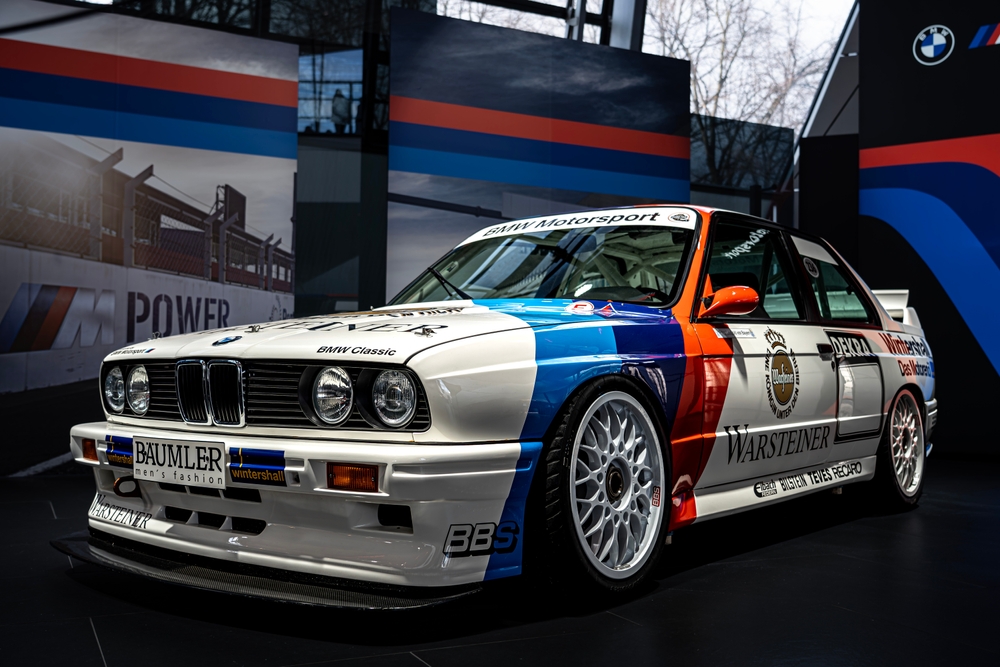
While many are familiar with these machines’ iconic names and legendary victories, countless intriguing details often go unnoticed. These lesser-known facts reveal the ingenuity and unique characteristics that make each car exceptional. Read More.
10 Intriguing Insights into High-Speed Bullet Trains

These marvels of modern engineering have significantly shortened travel times between major cities, making long-distance commuting more feasible and boosting economic productivity. Read More.
Top 10 Iconic American Bicycle Brands Throughout the Years
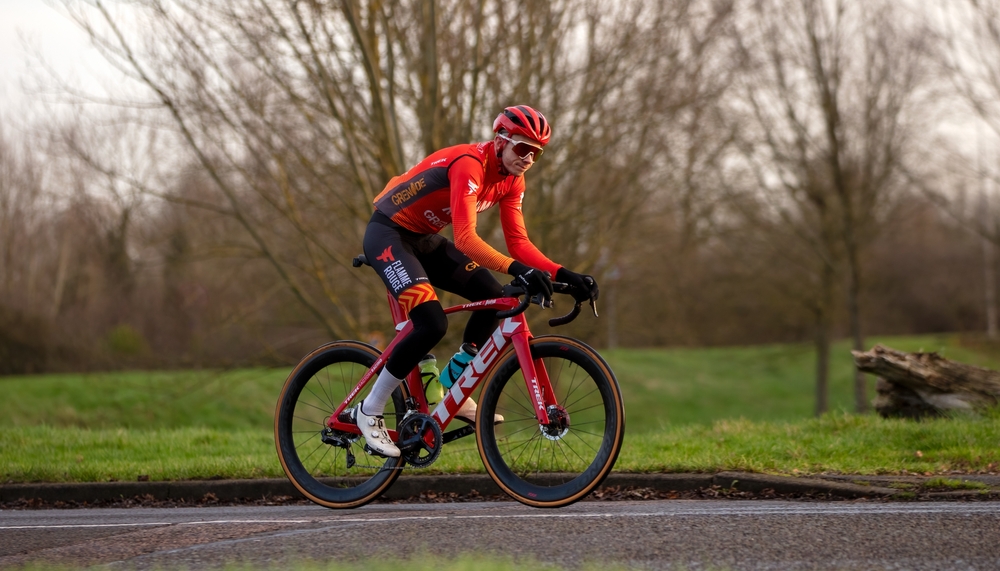
From the pioneering designs of Trek and Specialized to the rugged charm of Surly and the vintage allure of Schwinn, each brand tells a story of passion, precision, and the pursuit of pedal-powered perfection. Read More.














